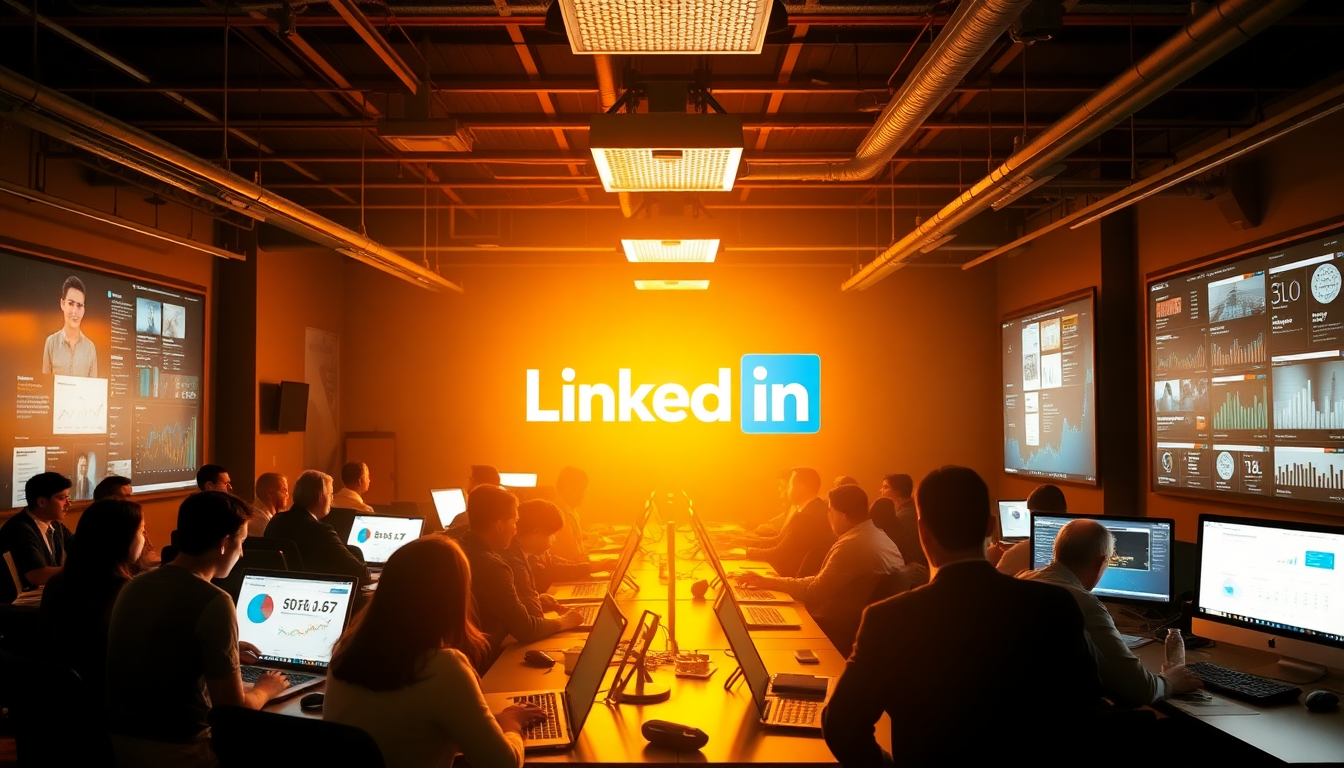
When Meta (Facebook's parent company) decided to back away from news, the spotlight turned toward LinkedIn. And boy, did LinkedIn show up. In a strategic pivot, the Microsoft-owned platform is doubling down on news content. While other social media giants are scaling back, LinkedIn is leaning in—hard.
A report from The Information reveals that LinkedIn plans to launch a News Banner atop its mobile feed, featuring trending stories as part of an effort to boost user engagement and ad revenue. It’s a clever move, especially as traditional media continues to search for new lifelines in an increasingly fragmented digital landscape.
Why LinkedIn’s Strategy Could Change the Game
It might seem surprising at first—after all, LinkedIn isn’t exactly the place you go to check the latest headlines about politics or entertainment. But that’s precisely the point. LinkedIn’s professional focus offers a niche audience that news publishers can tap into, one with high disposable income and decision-making power.
Instead of fighting over shrinking space on platforms like Facebook, news outlets now see LinkedIn as a fresh opportunity to build relationships with a professional audience.
A Social Platform with a Purpose
LinkedIn’s embrace of news aligns with its long-term strategy of being more than just a job board. For years, it has quietly evolved into a place where professionals engage with thought leadership content and industry trends. The addition of breaking news makes it an even more dynamic space for daily engagement.
And while Meta is slashing news partnerships, LinkedIn’s decision to fill the void could redefine how social media platforms interact with journalism in the coming years.
How LinkedIn Plans to Monetize the News Boom
LinkedIn isn’t just playing nice with publishers—it’s looking to drive ad revenue from this partnership. As news content gets more visibility on the platform, advertisers will gain targeted access to a premium audience of professionals.
Here’s how LinkedIn might capitalize on this trend:
- Sponsored News Articles: LinkedIn could offer sponsored placement options for articles, making it easier for companies to align with trending news.
- Native Ad Integration: News-focused banners could integrate with LinkedIn’s existing advertising suite, offering seamless ad experiences.
- Boosted Engagement Metrics: By surfacing relevant news, LinkedIn hopes to keep users on the platform longer, which directly correlates with ad impressions.
The News Banner initiative is set to roll out within days, a LinkedIn spokesperson confirmed, adding a new layer of visibility to stories that matter to the platform’s audience.
What This Means for Publishers
For news publishers, LinkedIn offers something invaluable: a new revenue stream and access to a fresh audience. Many media outlets have struggled with shrinking ad dollars, thanks to platforms like Facebook cutting back on news initiatives. With LinkedIn stepping into the void, publishers now have a chance to rebuild their business models.
More importantly, LinkedIn’s focus on high-quality journalism aligns with the platform’s existing content strategy, making it a natural fit for publishers looking to attract professionals.
Microsoft’s Influence: The Engine Behind the Expansion
Let’s not forget the tech giant pulling the strings behind this strategic move—Microsoft. As the parent company, Microsoft is using LinkedIn’s infrastructure to expand its media partnerships, setting itself apart from rivals like Google and Meta. With Microsoft’s push for more business and tech-focused content, LinkedIn’s role in the news ecosystem could soon rival traditional players like Twitter and Facebook.
The Broader Impact: What’s Next for Social Media and Journalism?
As platforms like LinkedIn begin to take news more seriously, it raises some interesting questions about the future of journalism. Could social media platforms become the new newsrooms? Or will they simply act as intermediaries, giving publishers the tools they need to thrive independently?
One thing is clear: LinkedIn isn’t just experimenting—it’s committing. The company’s new focus on news could create ripple effects throughout the industry, forcing other platforms to rethink their strategies.
The collaboration between LinkedIn and news publishers is more than just business—it’s a glimpse into the future of how we’ll consume and interact with news in an increasingly digital world.
What’s Your Take?
Do you think LinkedIn’s focus on news will succeed where Meta faltered? How will this shift change the landscape for news publishers and advertisers? Is this the beginning of a new era in professional journalism, or just a passing trend?
Join the conversation and become a permanent resident of the “Shining City on the Web”. Like, share, and participate in the debate—because the future of news belongs to those bold enough to innovate.


















Post Comment
You must be logged in to post a comment.